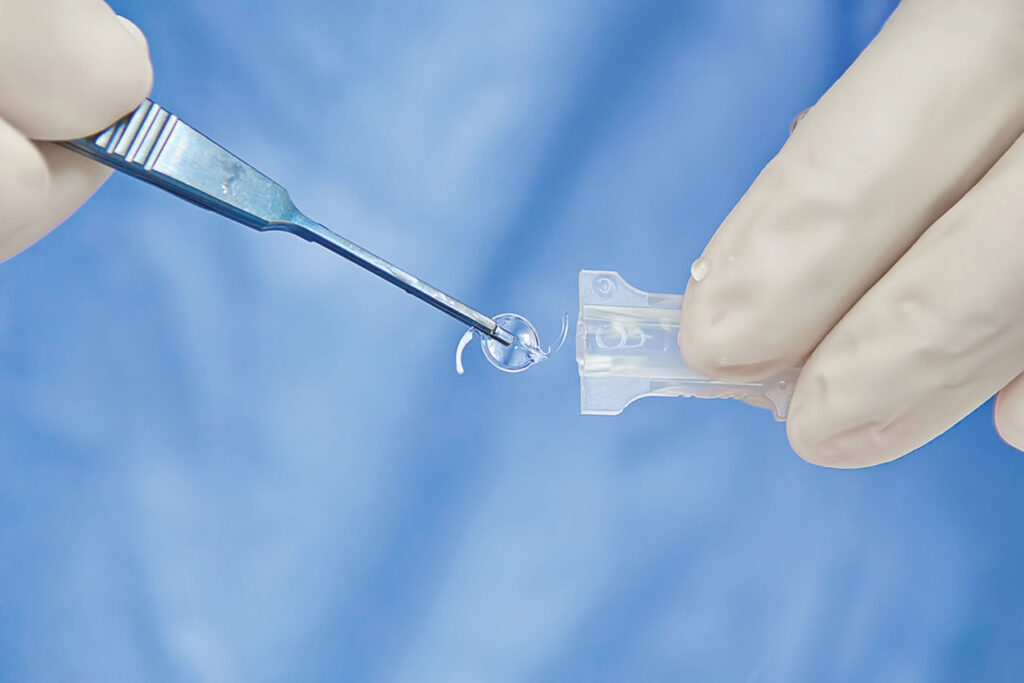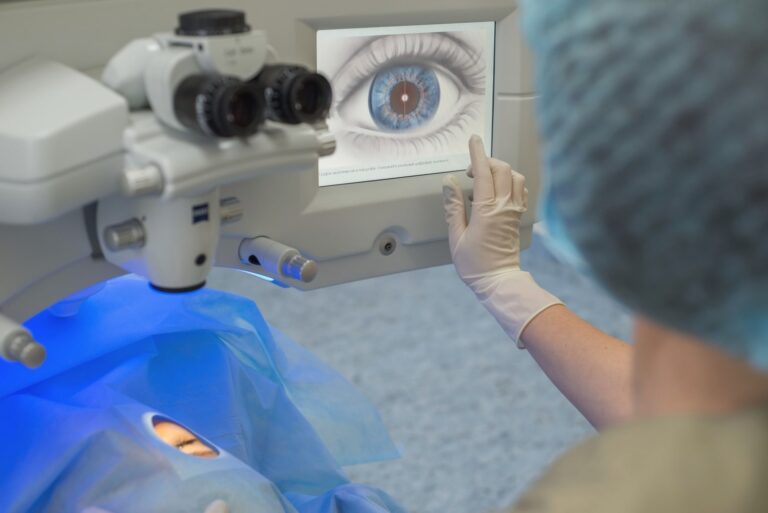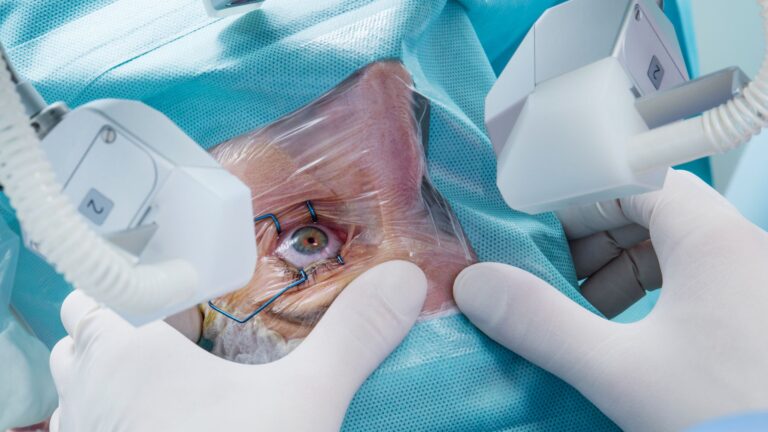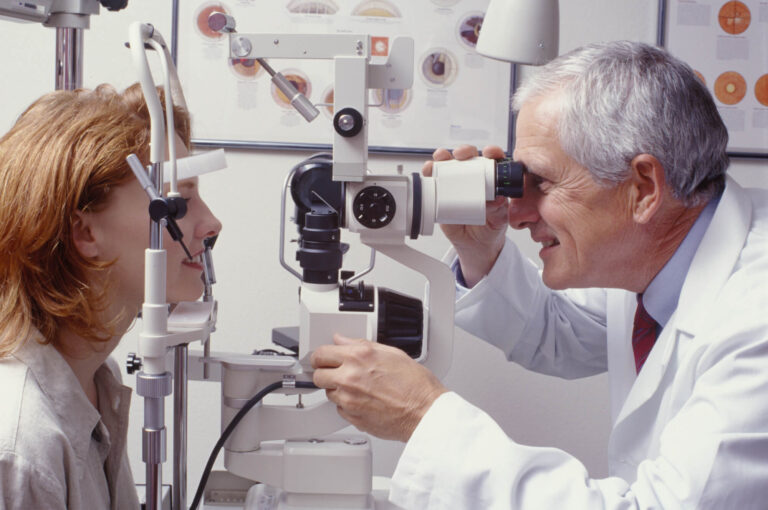What Are the Best Cataract Treatments Available Today?
Cataracts are a prevalent vision problem affecting millions of people around the world. They develop gradually, clouding the lens of the eye and leading to decreased vision over time. Understanding cataracts and their treatment options is crucial for those facing this condition. This article will delve into the causes and symptoms of cataracts, explore the evolution and effectiveness of treatment options, and offer insights into post-treatment care.
Understanding Cataracts: Causes and Symptoms
Cataracts form when proteins in the lens of the eye clump together, causing the lens to become cloudy. This clouding prevents light from passing through properly, leading to blurred vision and other visual impairments. While age is the most common risk factor, several other factors can contribute to cataract development.
In summary, the landscape of best cataract treatments has evolved significantly, offering numerous options tailored to meet individual needs. By understanding the causes and treatment methods available today, patients can make informed decisions and expect positive outcomes in restoring their vision.

The Science Behind Cataract Formation
The human lens is primarily composed of water and proteins. As people age, the proteins can begin to degrade and clump together, causing the lens to become opaque. This process can be accelerated by various factors such as prolonged exposure to UV radiation, diabetes, smoking, and the use of certain medications. Understanding the science behind cataract formation can provide valuable insights into preventative measures. For instance, protecting your eyes from excessive sunlight by wearing UV-blocking sunglasses can help mitigate some of the risks associated with cataract development. Additionally, a diet rich in antioxidants, such as vitamins C and E, may support lens health and potentially delay the onset of cataracts.
Recognizing the Early Signs of Cataracts
Identifying cataracts early can significantly affect treatment outcomes. Common early signs include blurry vision, difficulty seeing at night, increased sensitivity to glare, and the appearance of halos around lights. Individuals may also notice fading or yellowing colors. Regular eye exams are essential for early detection, especially for individuals over the age of 60. Beyond these symptoms, some people might experience double vision or find that their prescription glasses no longer seem effective. It’s important to pay attention to these changes, as they can indicate the progression of cataracts and the need for a comprehensive eye examination. Keeping a close watch on your vision can empower you to seek timely medical advice and explore treatment options, which may include lifestyle adjustments or surgical intervention if necessary.
Learn about cataracts surgery on: Affordable Cataract Surgery in Canberra
The Evolution of Cataract Treatment
Cataract treatment has come a long way since the days of rudimentary methods. Over the years, medical advancements have led to more effective and safer options for patients. Understanding the historical context of these treatments provides insight into how far we have come in the fight against cataracts.
Traditional Methods of Cataract Treatment
Historically, cataract surgery involved a procedure known as couching, where the cloudy lens was dislodged. This method was crude and often led to complications, including infection or retinal detachment. As surgical techniques progressed, the phacoemulsification method emerged, which significantly improved safety and recovery times. The introduction of intraocular lenses (IOLs) also marked a significant milestone, allowing patients to regain their vision without relying on thick glasses after surgery. This evolution reflects a growing understanding of both the anatomy of the eye and the complexities of vision correction.
Modern Advances in Cataract Treatment
Today, cataract surgery is one of the most commonly performed procedures globally. Modern techniques include laser-assisted surgeries that increase precision and minimize trauma. Robotics and advanced imaging also play a role in enhancing surgical outcomes. These advancements have not only improved patient experiences but also decreased the rate of complications associated with the surgery. Moreover, the development of premium IOLs, such as multifocal and toric lenses, has expanded options for patients, allowing for correction of astigmatism and the ability to see clearly at multiple distances. This has transformed the post-operative experience, enabling many patients to enjoy a life free from glasses or contact lenses. Learn more about development on https://www.uky.edu/AS/Courses/GEO260/glossary_development.html
Furthermore, ongoing research into cataract treatment continues to explore innovative approaches, such as pharmacological methods that aim to dissolve cataracts without surgery. Scientists are investigating the potential of eye drops containing compounds that could prevent or even reverse the clouding of the lens. These developments could revolutionize the way cataracts are treated, making procedures less invasive and more accessible, particularly for those who may be hesitant to undergo surgery due to health concerns or other factors. As we look to the future, the integration of technology and research promises to further enhance our understanding and treatment of cataracts, ultimately improving quality of life for millions around the world.
Comparing Different Cataract Treatments
Patients today have multiple options when it comes to cataract treatment. The choice of treatment can depend on the specific circumstances of the patient’s condition, their overall health, and the expertise of the eye care professional. Here, we will compare the most recognized methods of cataract surgery.
Laser-Assisted Cataract Surgery
Laser-assisted cataract surgery utilizes advanced laser technology to perform various steps of the procedure, such as making incisions or breaking up the cloudy lens. This method allows for a more precise and controlled surgery, potentially leading to better visual outcomes and faster recovery times. The use of lasers can also reduce the amount of ultrasound energy needed during the procedure, which may minimize trauma to the eye and enhance the safety profile of the surgery. Moreover, many patients appreciate the reduced reliance on traditional surgical instruments, which can lead to a more comfortable experience overall.
Phacoemulsification Cataract Surgery
Phacoemulsification involves using ultrasound waves to break up the cloudy lens before it is suctioned out. This method requires a small incision and has a rapid recovery time, allowing patients to resume normal activities quickly. It is currently the most commonly performed surgical technique for cataract removal. Additionally, phacoemulsification is often complemented by the implantation of intraocular lenses (IOLs), which can be customized to meet the specific visual needs of the patient, such as correcting astigmatism or providing multifocal vision. The combination of these technologies has revolutionized cataract surgery, making it not only a procedure to restore clarity of vision but also an opportunity to enhance overall visual quality. To learn more about technologies click here.
Intracapsular and Extracapsular Cataract Surgery
Intracapsular cataract surgery involves removing the entire lens along with the capsule surrounding it. This approach is less common now due to the availability of more advanced techniques. Extracapsular cataract surgery, on the other hand, retains the posterior capsule of the lens, making it a preferred choice for many surgeons today. The preservation of the capsule is crucial as it provides structural support for the new intraocular lens and helps maintain the natural shape of the eye. Furthermore, patients undergoing extracasular surgery often experience fewer complications related to lens dislocation and have a lower risk of developing certain post-operative issues, such as retinal detachment. As surgical techniques continue to evolve, the focus remains on enhancing patient safety and optimizing visual outcomes, ensuring that individuals can enjoy a better quality of life post-surgery.
The Role of Intraocular Lenses in Cataract Treatment
Intraocular lenses (IOLs) are artificial lenses implanted in the eye after cataract removal. They are designed to replace the eye’s natural lens and help restore clear vision. A proper understanding of these lenses can inform patients about their options post-surgery.
Understanding Intraocular Lenses
IOLs are typically made of silicone or acrylic and come in various designs, including monofocal, multifocal, and toric lenses. The choice of lens can influence not just post-operative vision quality but also the overall satisfaction of the patient after surgery. The advancements in IOL technology have made it possible for patients to experience a significant improvement in their quality of life, as they can regain the ability to perform daily activities with greater ease and comfort.
Types of Intraocular Lenses and Their Benefits
- Monofocal Lenses: These lenses are designed to provide clear vision at one distance, usually either near or far.
- Multifocal Lenses: These allow vision at multiple distances, reducing the need for glasses after surgery for most activities.
- Toric Lenses: Specifically designed for patients with astigmatism, toric lenses correct this condition to enhance overall visual clarity.
Choosing the right type of IOL is crucial and should be done in consultation with an eye care professional who can tailor recommendations based on each patient’s lifestyle and visual needs. Factors such as the patient’s age, occupation, and hobbies can significantly influence the decision-making process. For instance, an active individual who enjoys reading and outdoor activities may benefit more from multifocal lenses, while someone who primarily works at a computer might find monofocal lenses more suitable for their needs.
Moreover, the surgical procedure for IOL implantation has become increasingly refined, with techniques such as phacoemulsification allowing for smaller incisions and quicker recovery times. Patients can often return to their normal routines within days of surgery, experiencing minimal discomfort. Additionally, ongoing research into new lens technologies continues to improve the options available, including lenses that can adjust to varying light conditions or even accommodate changes in the eye’s shape over time. This evolution in IOL design not only enhances visual outcomes but also empowers patients to make informed choices about their eye health and vision correction options.
Post-Treatment Care and Recovery
Recovering from cataract surgery requires adherence to a post-operative care plan that promotes healing and minimizes complications. Understanding what to expect during recovery will help patients navigate this period smoothly.

What to Expect After Cataract Surgery
Following cataract surgery, patients may experience some blurriness or fluctuations in vision during the first few days. It’s normal to have some discomfort as well. Most surgeons recommend wearing protective eyewear and avoiding activities that strain the eyes for a few weeks. Patients should also attend follow-up appointments to monitor their healing process.
Tips for a Smooth Recovery
- Follow your surgeon’s post-operative care instructions diligently.
- Avoid heavy lifting, bending, or strenuous activity for at least a week.
- Use prescribed eye drops to prevent infection and control inflammation.
- Keep your eyes clean and avoid getting water in them for several days.
- Attend all follow-up appointments to ensure proper healing.
By taking these precautions and remaining attentive to their recovery, patients can optimize their outcomes and return to their daily activities with improved vision.



